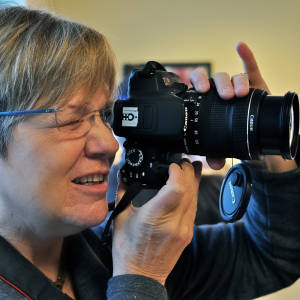DAT SCAN DAY - A "NO BRAINER"!!!
As some of you know, I've been diagnosed with Parkinson's. The funny thing (if there is a bright side) is that I've actually improved since my diagnosis 3 years ago. I'm not sure why, but I'm scoring better on the tests and feel loads better. Of course I'm taking some medication, but as my Dr. points out, "you really aren't progressing". YEAH!!!!! So she thought it would be good to just make sure exactly what is in that brain of mine...and I was given an amazing new "brain scan" called DAT which should give my doctor a pretty amazing view of my brain. So today I went in for my DaT scan....32 minutes of absolutely NO MOVEMENT while a scanner goes 360 degrees around your head. Breathe in, breath out, breathe in breathe out....it worked!! I made it:))
This is what the DAT Scan can do:
Traditional brain imaging with CT and MRI scans do not show changes in the brain when someone has Parkinson's disease and are generally not helpful in diagnosis. A new kind of brain scan, called a DaT scan, does show changes in persons with Parkinson's disease and may someday become an important tool in diagnosing Parkinson's.
The dopamine transporter, or DaT, scan uses a chemical that labels the dopamine transporter in the area of the brain known as the striatum. Dopamine is a neurochemical that is decreased in persons with Parkinson's disease.
The dopamine transporter, which moves dopamine in and out of cells, is also decreased in the striatum in persons with Parkinson's disease and related disorders. The chemical that labels the transporter is injected into the vein and can be imaged by using something called single photon emission computerized tomography, or SPECT scanning. This technique has been registered in the European Union since 2000 for differentiating a diagnosis of essential tremor and a parkinsonian syndrome. It was approved by the Food and Drug Administration in 2011 for this same indication and recently became available at the OHSU Brain Institute.
There are a number of things that are important to know about DaT scanning. DaT scans are not able to distinguish between idiopathic Parkinson's disease (typical Parkinson's disease) and the syndromes known as atypical parkinsonian syndromes. These include progressive supranuclear palsy, multiple system atrophy, and cortical basal degeneration. There also can be some uncertainty in the interpretation of scans. In one fairly large study, even after DaT scanning, about 10 percent of persons had not received a clear diagnosis or there was disagreement between the scan and the physician's diagnosis. The data we have at this time indicate a diagnosis made by a clinician based on an exam, or a radiologist based on a DaT scan, is about as likely to be correct or incorrect. Neither is perfect.
DaT scans may become a critical tool is assisting in the diagnosis of Parkinson's disease and related disorders. However, at this point, Parkinson's disease is still something a physician, ideally a neurologist, must diagnosis. For classic cases of Parkinson's disease, it is unlikely that most neurologists would order a DaT scan as they would feel confident in the diagnosis.

Comments
Sign in or get an account to comment.


